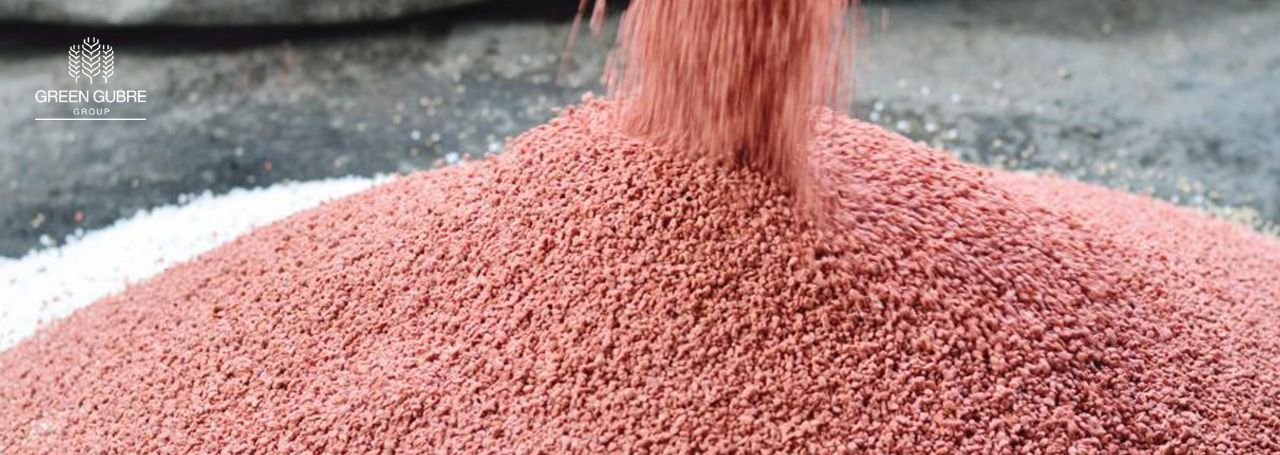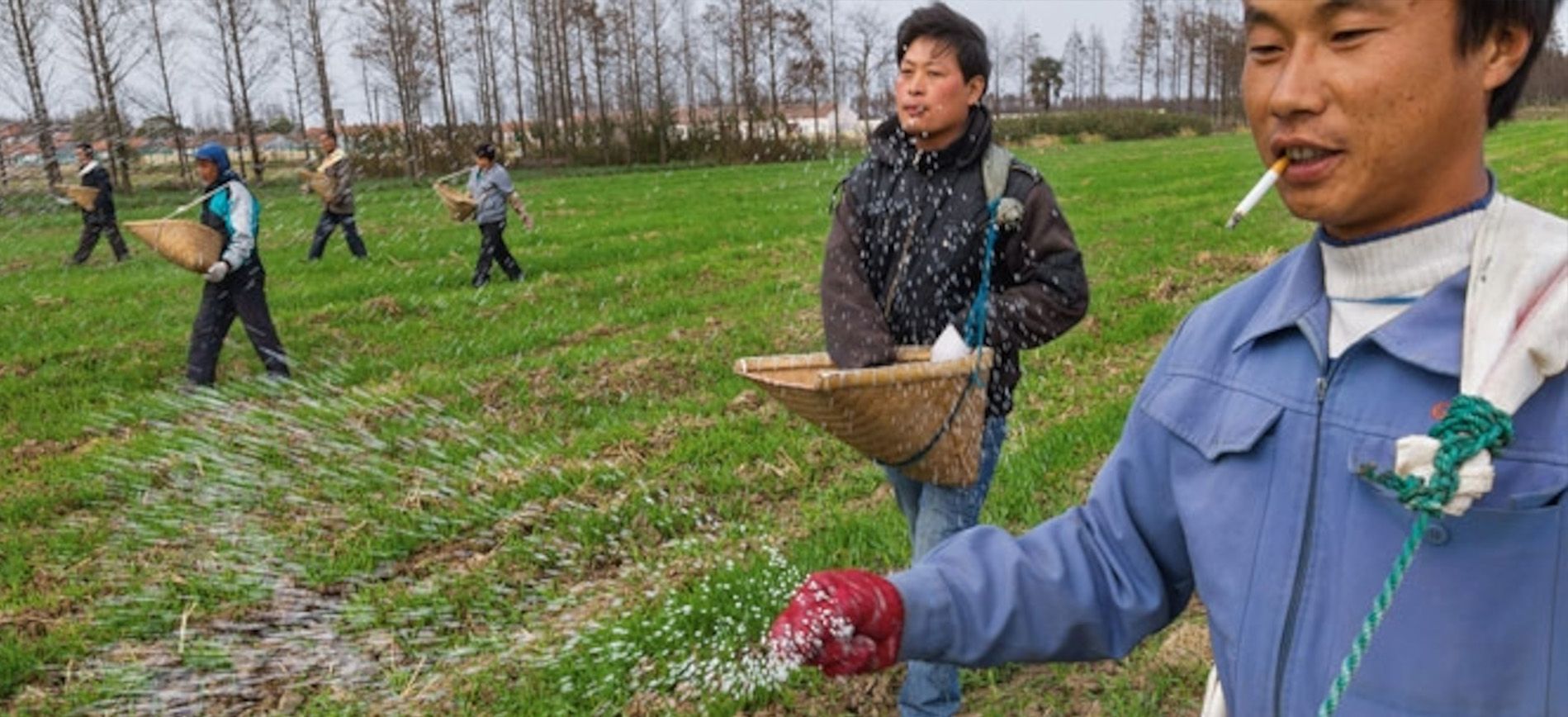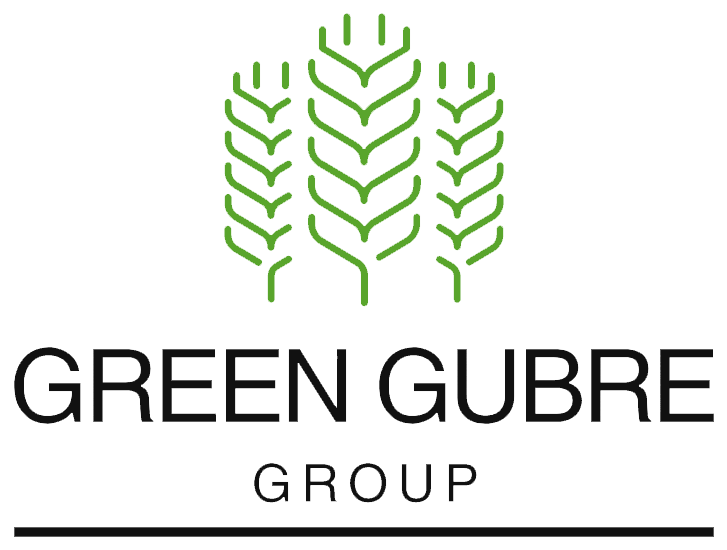Phosphate Market Outlook: Will DAP & MAP Prices Continue Rising?
Phosphate Market Outlook:
Will DAP & MAP Prices Continue Rising?

Phosphate fertilizers, particularly Diammonium Phosphate (DAP) and Monoammonium Phosphate (MAP), are not just commodities, but vital components of global agriculture. They support crop growth, maintain soil fertility, and enable high-yield farming. However, their prices have been subject to significant fluctuations in recent years due to supply chain disruptions, geopolitical tensions, and shifting agricultural demands.
With key exporters like
China, Morocco, the US, and Russia playing pivotal roles in phosphate supply, the market dynamics are under scrutiny. The actions and policies of
these key players will significantly influence whether
DAP & MAP prices will continue their upward trajectory in 2025.
Why Phosphate Fertilizers Matter
1. Essential for Plant Growth: Phosphorus is a non-renewable nutrient critical for root development and crop productivity.
2. Global Agricultural Demand: Rising food security concerns and population growth increase fertilizer use.
3. Key Regions Depend on Phosphates:
- India & Brazil: Major phosphate importers for large-scale agriculture.
- Europe & North America: Rely on the supply of Morocco, Russia, & China.
- Africa: Expanding phosphate production, especially in Morocco & Togo.
Recent Phosphate Price Trends (DAP & MAP)
| Market | DAP Price (Feb 2025) USD/MT | MAP Price (Feb 2025) USD/MT | Price Change |
|---|---|---|---|
| India (CFR) | 636 | - | +3 USD/MT |
| Brazil (CFR) | 645 | 420 | Stable |
| Europe (FOB) | 650 | 430 | +12 USD/MT |
| China (Domestic) | 620 | 410 | Limited Export |
| NW Europe (CFR) | 662 | - | +12 USD/MT |
📌 Data Source: February 2025 Phosphate Market Reports
Key observations:
- India’s DAP prices increased slightly due to low domestic stocks and seasonal fertilizer demand.
- Brazil’s MAP market remained stable, supported by steady agricultural demand.
- European phosphate prices rose due to supply constraints and CBAM regulations.
- China’s phosphate exports remain restricted, impacting global supply.
Factors Driving DAP & MAP Prices
1. Global Demand for Phosphate Fertilizers
- Rising agricultural demand in India, Brazil, and Africa keeps phosphate prices stable.
- Expanding food production to meet global population growth increases fertilizer use.
2. Geopolitical Supply Chain Disruptions
- Geopolitical tensions, such as sanctions on Russia, have had a tangible impact on the phosphate market. These tensions have disrupted phosphate exports, leading to supply chain disruptions and subsequent price fluctuations. For instance, the sanctions on Russia have significantly affected phosphate exports, leading to supply chain disruptions and subsequent price fluctuations. Similarly, China's export restrictions, particularly on phosphates, limit phosphate availability globally. These restrictions have a significant impact on prices in India & Southeast Asia, where the demand for phosphates is high. The restrictions on phosphate exports from China have a significant impact on global phosphate availability, particularly in high-demand regions like India and Southeast Asia.
- China’s export restrictions, particularly on phosphates, limit phosphate availability globally. These restrictions have a significant impact on prices in India and Southeast Asia, where the demand for phosphates is high.
3. Phosphate Production & Export Trends
- Morocco’s OCP Group, one of the largest phosphate producers, is expanding production to meet global demand. This expansion is expected to contribute significantly to the worldwide phosphate supply. The expansion of phosphate production in North Africa, particularly by major players like the OCP Group, is expected to stabilize the global phosphate supply.
- North America & Europe face supply challenges due to high production costs.
4. Energy & Raw Material Costs
- Sulfur & Ammonia prices impact phosphate fertilizer costs.
- High natural gas prices affect DAP & MAP production costs in key markets.
5. CBAM & Environmental Regulations
- The EU’s Carbon Border Adjustment Mechanism (CBAM) is a key factor influencing the phosphate market. This mechanism increases costs for phosphate fertilizers with high carbon footprints, affecting exporters to Europe and causing price adjustments. The CBAM regulations are a significant factor in the market, underscoring the market's vulnerability to external factors.
This affects exporters to Europe, causing price adjustments.
Future Market Outlook: Will Prices Continue Rising?
1. Short-Term Projections (Q2 2025):
- Prices are likely to remain stable or slightly increase due to seasonal demand for fertilizer.
- China’s export policies will heavily influence global phosphate availability.
2. Long-Term Outlook (2025-2026):
- India & Brazil’s continued demand may push prices higher.
- North African production expansion (OCP, Tunisia, Togo) could stabilize supply.
- Sustainable fertilizer alternatives (bio-based fertilizers, enhanced efficiency fertilizers) could reduce reliance on traditional phosphates.
Key Takeaways
- DAP & MAP prices are expected to remain stable, reflecting the strength of global demand and instilling confidence in the market with their predictability.
- India & Brazil remain top importers, significantly influencing trade flows and playing a crucial role in the global phosphate market.
- Geopolitical risks & environmental policies could further impact phosphate availability, underscoring the market's vulnerability to external factors.
- The emergence of sustainable alternatives may slowly reduce reliance on traditional phosphate fertilizers, offering a hopeful glimpse into the industry's future.
For reliable phosphate fertilizer supply, contact Green Gubre Group today.
References
- International Fertilizer Association (IFA): Global Phosphate Market Report
- Argus Media: Fertilizer Price Trends & Market Analysis
- CRU Group: Phosphate Market Supply & Demand Forecasts
- S&P Global: Trade & Pricing Updates on DAP & MAP
- OCP Group (Morocco): Phosphate Production Expansion




